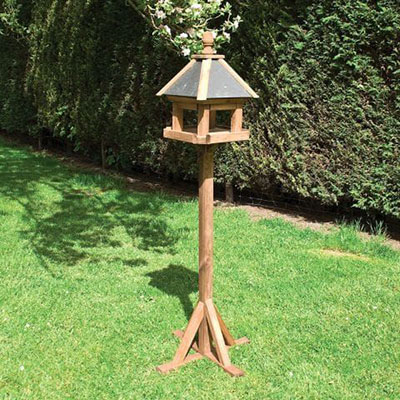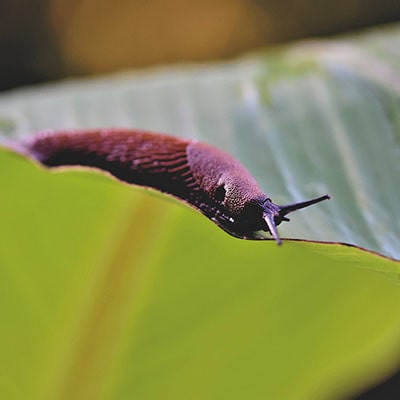
Wet Weather Leads to a Slug Onslaught
A mild winter + wet spring + a ban on a certain type of slug pellet = slug invasion!
New Ban on Slug Pellets
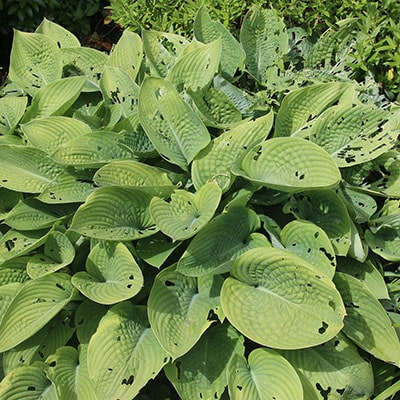
Slugs are on the move and, for the sake of wildlife, one weapon in the shed is being phased out. Slug pellets containing metaldehyde will no longer be legal after next year.
Gardeners need to think about alternatives, and to act now. The rasping teeth of slugs are already chewing at your new shoots.
A slug pellet based on ferrous phosphate is still OK for use in the garden.
These still kill slugs but instead of dying on top of the soil, slugs bury down into the soil and die there.
This means they are out of the way of birds and hedgehogs that eat dead slugs. And that’s dead slugs containing doses of poison - not too tasty and posing a threat to wildlife.
Only use this type of slug pellet every so often and always follow the dosage rates as printed on the container.
Neamtodes and Slugs
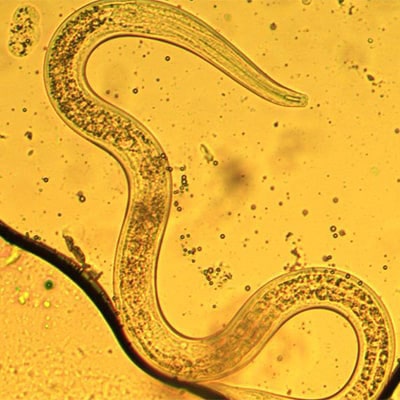
Nematodes are a natural way to kill slugs.
You water the nematodes on the soil surface then they scurry down and lie in wait.
They pounce, as quickly as a microscopic worm can, onto passing slugs, and nibble their way under the skin of the pest. Slugs die deep in the soil releasing more nematodes to carry on this fine work.
It all would happen naturally without intervention, albeit slowly. All you are doing is heightening the effect.
Plus, nematodes are safe to use: if you have too many, they simply die off die to starvation.
You do need slugs in the first place to get them going – but that isn’t a problem in 99% of gardens!
Search slugs and nematodes for places to buy them.
Ponds
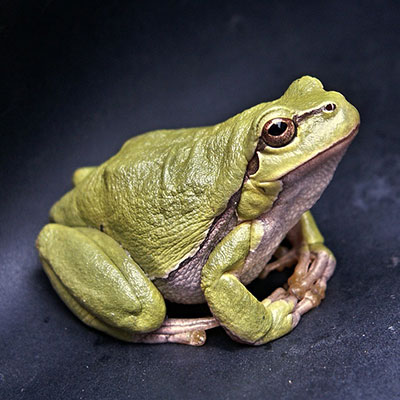
Ponds are home to toads and frogs and these love to feast on slugs.
It’s a slower process than others when controlling pests but eventually your garden will reach a natural equilibrium.
This has to be the most natural way to control slugs but you will need to accept and embrace a little bit of damage whilst the predator : pest seesaw evens out.
Bird tables
Bird tables are a great help at controlling slugs.
That’s because many birds, such as thrushes and blackbirds, eat slugs, and snails.
If you encourage our feathered friends then inevitably a few slugs will get eaten along the way.
Slap that new pond in as well and the birds will have somewhere to drink.
If you want a new bird table, you can find our range of wooden bird tables here. Or simply pop up a few hanging feeders.
It’s always better to garden with nature than against it.
Beer traps
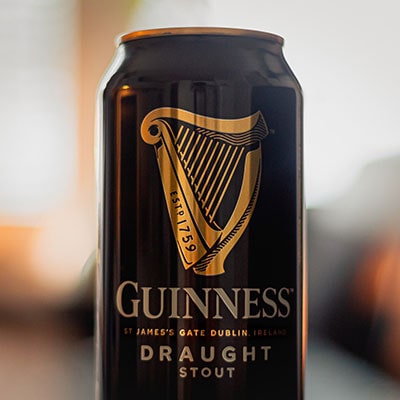
Beer traps are a good idea for catching slugs.
Clean out any container (margarine tubs, large yoghurt pots etc) and bury it in the soil near your hostas and other susceptible plants.
Leave a centimetre of container above soil level. Half fill with beer.
The slugs catch a whiff of the beer head full steam towards the pots.
Once at the watering hole, they fall in and can’t get out.
They may not die and you will have a writhing mass of slime to deal with but your plants will be undamaged.
Leaving a small lip of container above the soil stops beetles from falling into the pot – beetles eat slugs so we want them to thrive.
Copper strips, ash and eggs
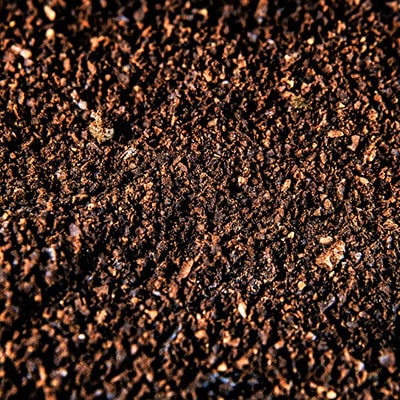
Copper strips can stop slugs from crawling up containers and damaging plants – though this does have mixed results.
Some gardeners report success by smearing petroleum jelly around the tops of pots.
Others have tried egg shells and coffee grounds while others report this not working and, in the case of egg shells, even encouraging slugs.
Ash from fire pits and even barbecues can deter slugs on beds and borders – they don’t like having their undersides scratched.
However, this may only work on smaller slugs as larger slugs, such as the Spanish slug, will persevere.
Pick your plants
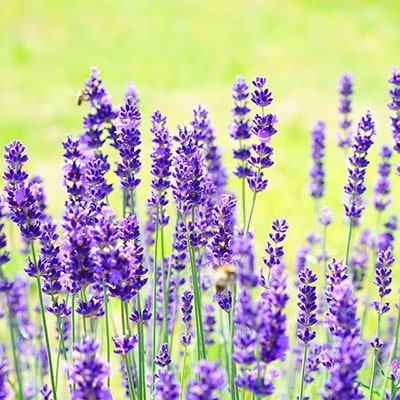
If all else fails and your gardening days are still miserable and devoid of foliage due to slugs, grow plants that slugs don’t like.
A garden border comprising of lavender, hydrangea and hardy geraniums interspersed with ferns and Japanese anemones is a sight to behold.
Who needs hostas, hollyhocks, delphinium, runner beans, French beans, cabbages, cauliflowers, potatoes, lilies and the other thousands of plants that slugs devour anyway?
Your Top Tips
If you’d like to share you slug deterrent tips, add a comment below. We’d love to hear your ideas.





